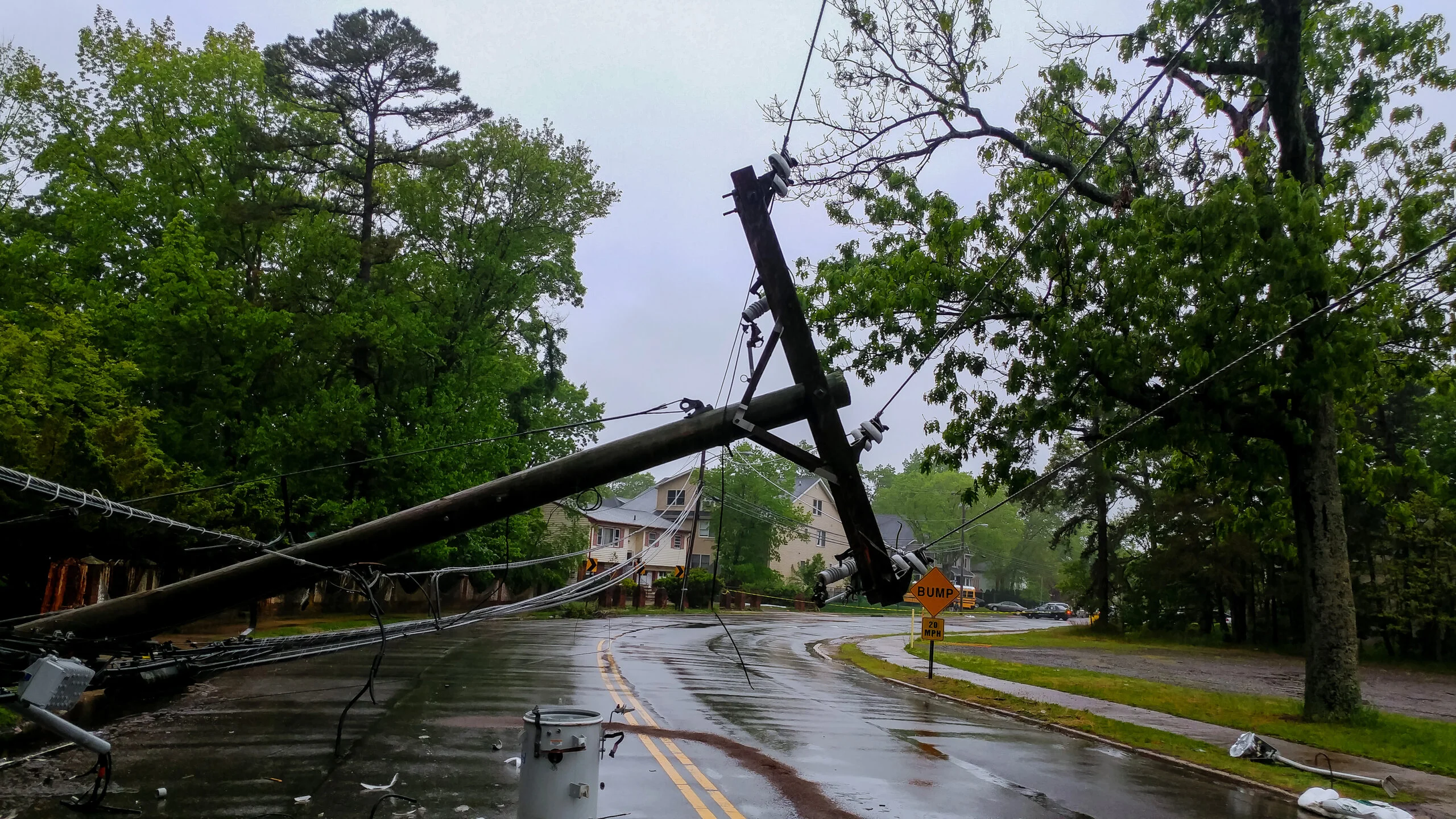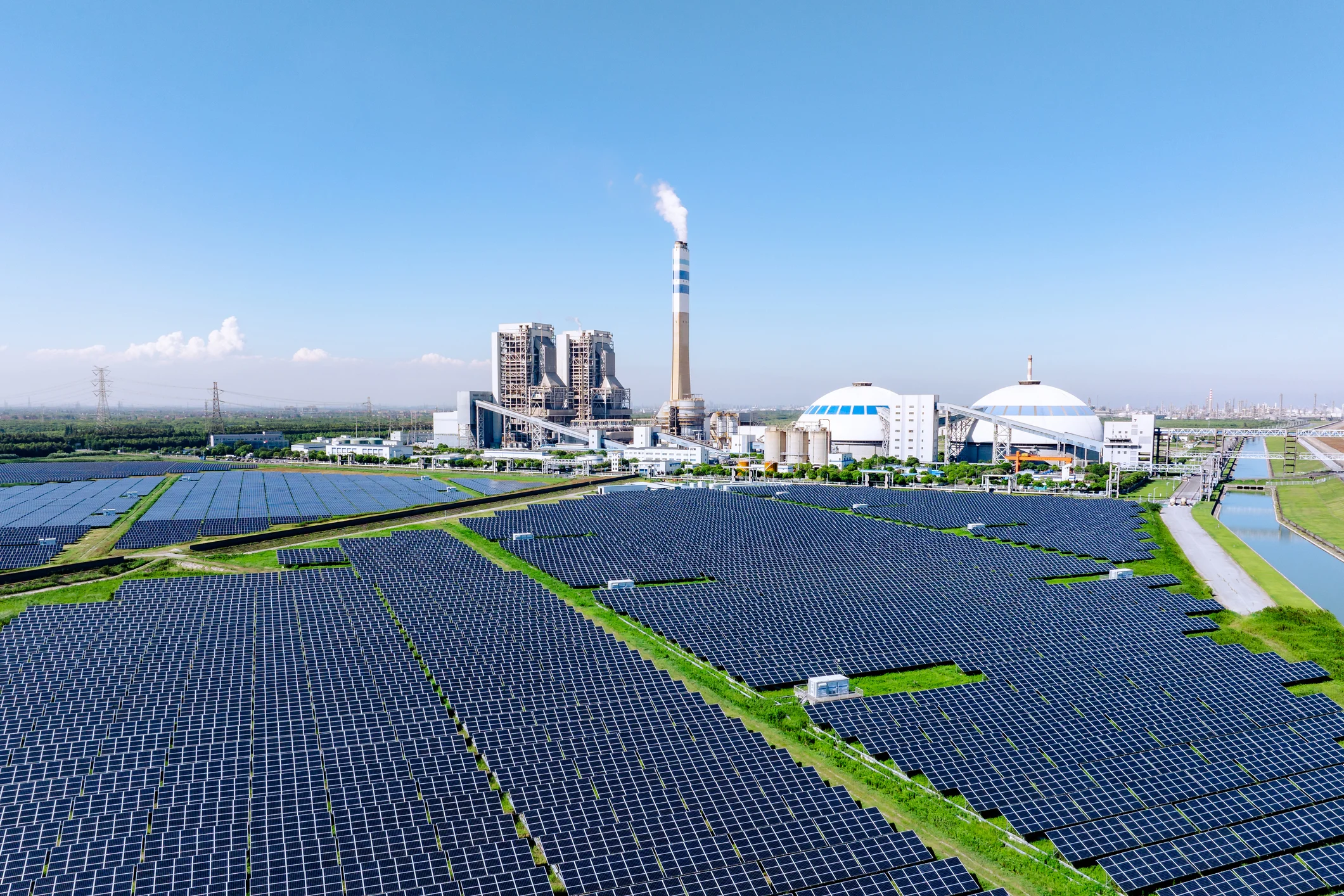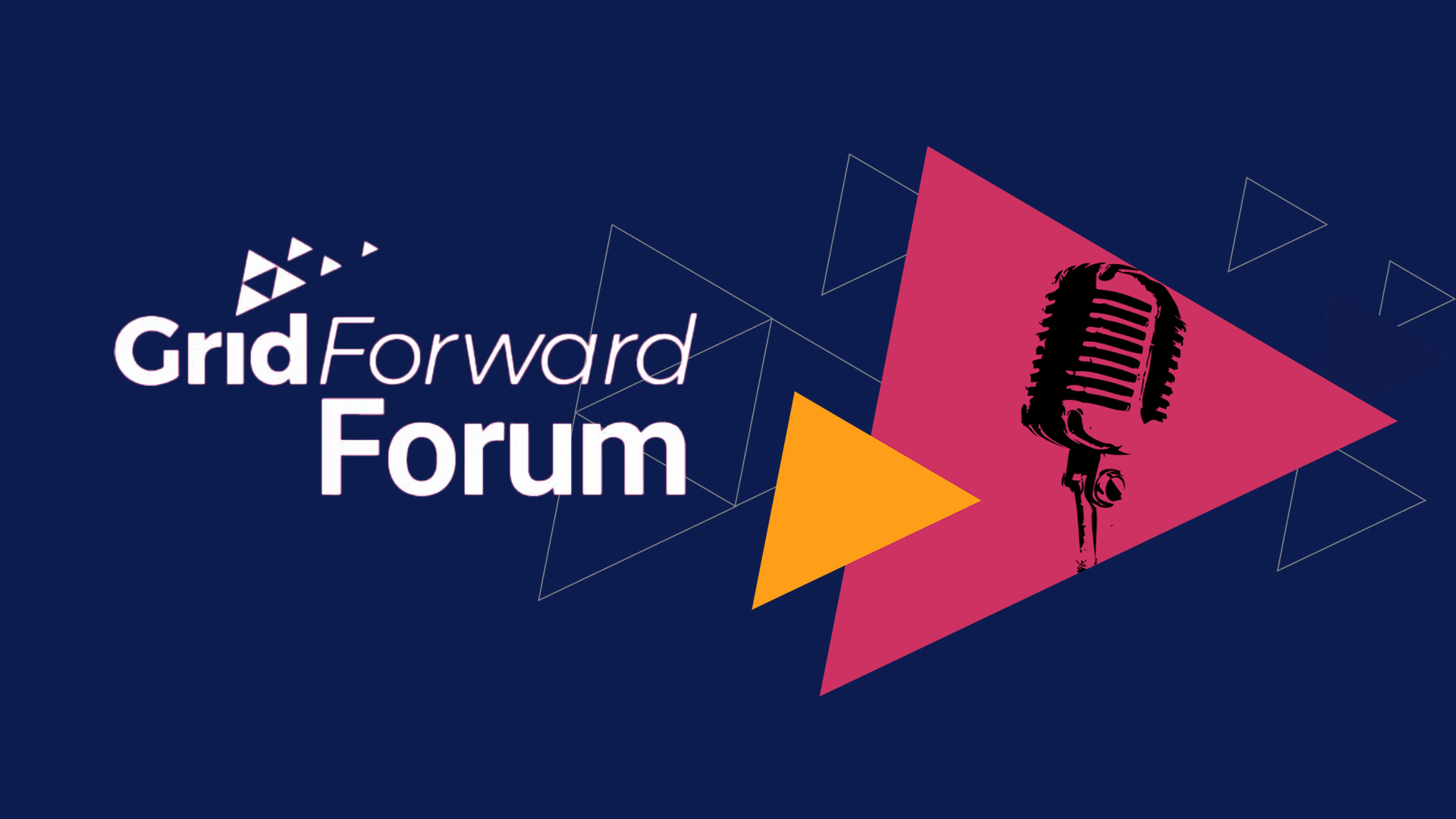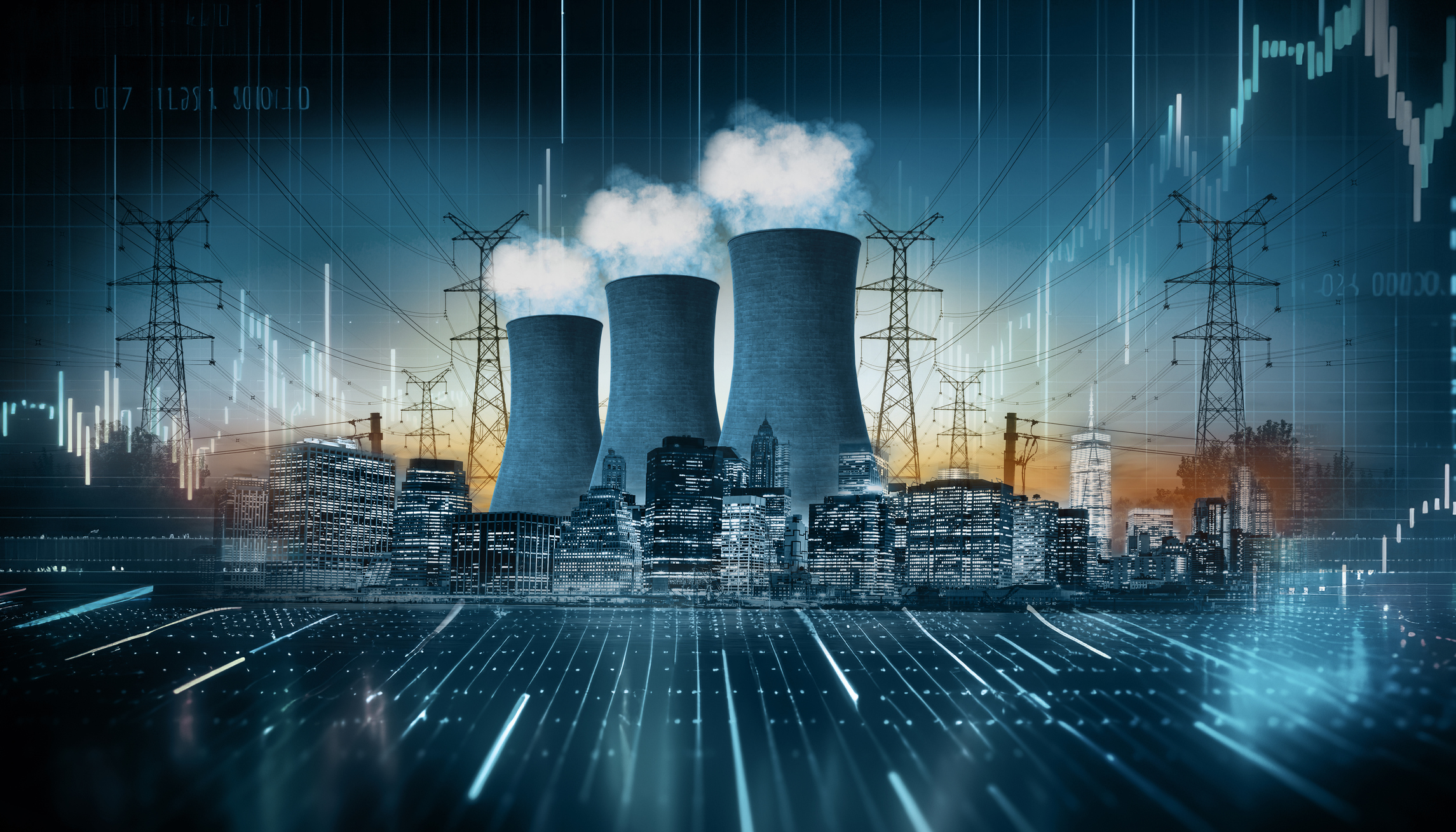According to the New York Times, the majority of power outages from 2000-2023 were caused by extreme weather events, 14% of which were caused by tropical storms and hurricanes. The National Oceanic and Atmospheric Administration reports that weather and climate disasters have cost $2.6t in costs in the U.S. alone between 1980 and 2023; extreme weather conditions cost $18b in 2022 alone. In 2024 they reported on the likelihood that greenhouse warming will lead to increased frequency and intensity of hurricanes, a threat that promises to incur progressively steeper annual costs. These challenges are compounded by grid congestion, energy insecurity, and the electrification efforts adding encumbrance to an aged infrastructure. Fortunately, distributed energy resources (DERs) offer an opportunity for utilities to deploy demand flexibility initiatives to shift loads to off-peak periods of demand.
Distributed Energy Resource Adoptions
If you’re reading this, you likely know that a distributed energy resource (DER) includes devices like solar, battery, electric vehicles & EVSE, and smart home devices like thermostats and water heaters. Analysts project that distributed energy resource adoptions will nearly double by 2027, illustrating the interest that consumer interest—and confidence—in DERs is increasing. According to the Pew Center for Research, eight-in-ten U.S. adults subscribe to a Broadband service. However, according to Forbes, 42 million Americans still lack access to national broadband or roughly 12% of all U.S. citizens. With greater penetration of these assets and the promise of more to come, utilities have an opportunity to better manage energy during crises or other extreme weather circumstances through demand flexibility programs.
But Wait… What are Demand Flexibility Programs?
I’m glad that you asked. Demand flexibility programs are any number of potential load-shifting programs like demand response, EV managed charging, BYOD programs, or virtual power plants. Through the use of a Grid-Edge distributed energy resource management system (DERMS), which manages behind-the-meter DER assets, utilities can aggregate and shift load across a spectrum of devices and device types. For example, demand response programs may shift load during peak periods of consumption by shifting behind-the-meter assets like thermostats by a few degrees to cumulatively conserve power in aggregate.
By contrast, some utilities employ the use of a Grid DERMS, a distributed energy resource management system used to control utility-owned energy assets like community solar or battery installations. Grid DERMS have proven reliable as a resource for grid operators, a logical conclusion considering the energy assets in question are utility-owned and easier to control and manipulate. Conversely, residential demand flexibility programs represent a challenge to grid operators, a nonstarter in some cases due to the intermittency of the resources; utility customers understandably want to retain autonomy over their distributed energy resources, and, as such, have the freedom to opt out at any time. Fortunately, aggregating and controlling DERs in tandem across a spectrum of programs is not only easier but now as reliable as a gas turbine.
DER Reliability & Topline Demand Control
Topline Demand Control is a novel realization of artificial intelligence, forecasting, and model predictive control that yields a reliable output for grid operators. Through an intense series of rapid device optimizations, Topline Demand Control ensures that all distributed energy resources (DERs) are primed to yield their maximum output, across a variety of demand flexibility programs. Doing so defrays the high costs associated with peak energy purchasing while enhancing grid resiliency through flexible dispatching capabilities and recurrent device optimizations.
Does that all sound jargon heavy? The tl;dr here is this: Topline Demand Control optimizes distributed energy resources and makes them reliable. Let’s look at a few viable applications for demand flexibility programs.
Demand Response
Perhaps the oldest demand flexibility program, demand response is a concerted conservation effort that aggregates otherwise disparate devices in tandem for a cumulative load shift to off-peak periods of usage. For example, demand response often works through distributed energy resource device control, which sends a signal to a thermostat or other applicable device, requesting an increase or decrease in temperature to decrease overall usage across a service territory.
According to the Department of Energy’s The Pathway to: Virtual Power Plants Commercial Liftoff, to continue to meet service demand, utilities need to increase overall virtual power plant capacity to 80-160 GW per year. As it stands, demand response accounts for between 30-60 GW of virtual power plant capacity already, further demonstrating both its staying power and efficacy.
EV Charging
Near the start of his term, the Biden administration issued a mandate calling upon U.S. automakers that 50% of all new vehicles produced must be electric vehicles by 2030. While that mandate has come under some political scrutiny, electric vehicle production and adoption have continued to increase, meaning that irrespective of your opinion on an EV, they are here and already adding encumbrance and uncertainty to load planning objectives. Like demand response, EV charging is a tool to shift vehicular charging to periods of off-peak electricity, contributing positively to utility energy arbitrage strategies, while increasing load flexibility… all without needlessly inconveniencing customers. Remember: nothing will decrease overall customer satisfaction more than energy insecurity.
How DERs Help During Hurricanes & Extreme Weather
Repairing infrastructure is expensive enough just to replace downed lines or cables due to extreme weather conditions. Upgrading the U.S. electric grid is estimated to cost over $2.5t by 2035, a staggering cost that only promises to increase with time and the supply chain. While distributed energy resources and demand flexibility initiatives alone won’t entirely curtail these expenses, smart load shifting capabilities—especially when employing Topline Demand Control—ultimately represent a low-cost non-wires alternative to meet customer demand, in an emergency and beyond, while providing opportunities for energy arbitrage along the way. As hurricane intensity and regularity increase, finding any path to minimizing these expenses, while fostering a holistic, reciprocal demand flexibility strategy is crucial both during the energy transition and beyond.
Enduring Hurricane Season Concluded
The extreme weather conditions brought on by climate change have only just begun; to quote Homer Simpson “This is the worst day of your life so far.” While that may seem pessimistic, it drives a pragmatic approach to distributed energy resources, in utilizing these assets that already line our communities to achieve load flexibility and energy equity.





